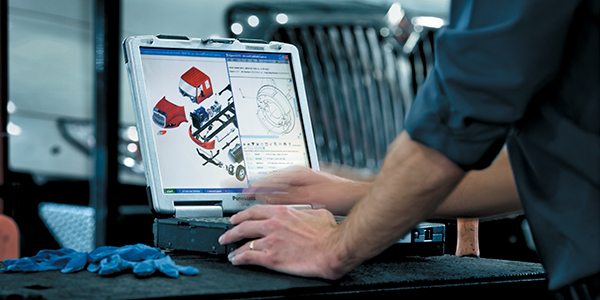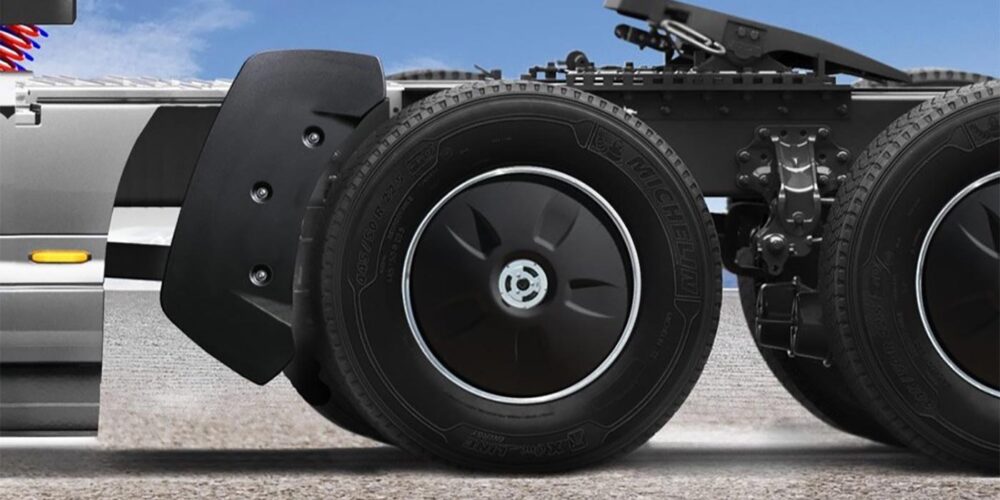Historically, you’ve probably used total base number (TBN) as a key indicator of the remaining useful oil life in your fleet’s engines. The rule of thumb was to drain oil when the TBN reached one-third of its starting value. But changes in engine design—along with the move to Ultra Low Sulfur Diesel (ULSD) fuels—have decreased both the amount and strength of acids produced in the engine. That resulted in changes in engine oil chemistry leading to a reduction in the value you get from TBN test results.
TBN Test Methods
The most commonly used TBN test for new oils is ASTM D2896. The test uses a very strong acid to identify both “hard” and “soft” TBN, which gives the total alkalinity reserve of the sample.
For used oil samples, most labs prefer ASTM D4739. The test uses a weaker acid, so it doesn’t identify newer ashless (i.e., non-metallic) additives. Because of that, reported TBN values will be lower than ASTM 2896.
The spread in values between these two test methods has tripled since CI-4+ and is double that of CJ-4 leading to a reduction in the value of actively tracking TBN.
The 2018 Service Bulletin from Detroit removed TBN limits entirely from its used oil analysis parameters. Other key engine builders may soon follow Detroit’s lead after noticing the TBN values of used oil are much lower than in the past but without any additional indications of adverse oil conditions.
Beyond TBN
A lot has changed in the last 20 years. Sulfur in diesel fuel has dropped from 500 PPM to a max of 15 PPM. Fewer and weaker acids are found in used oil. Engine designs have evolved. Diesel engine oil chemistry has improved dramatically. Because of these factors, TBN is no longer a relevant measure of remaining oil life.
When analyzing used oil reports, you should always consider the full range of available data. In addition to keeping an eye on wear metals and contaminants, monitor Oxidation/Nitration values (condemning limit between 35 to 40) as a best practice. Pair this number with the viscosity trend to determine when oxidation is on the verge of accelerating.
With changes in oil analysis best practices likely come questions. A good resource to find answers is from the industry experts at the Phillips 66 Lubricants Technical Hotline: 877-445-9198.
This tech tip was provided by Phillips 66.














